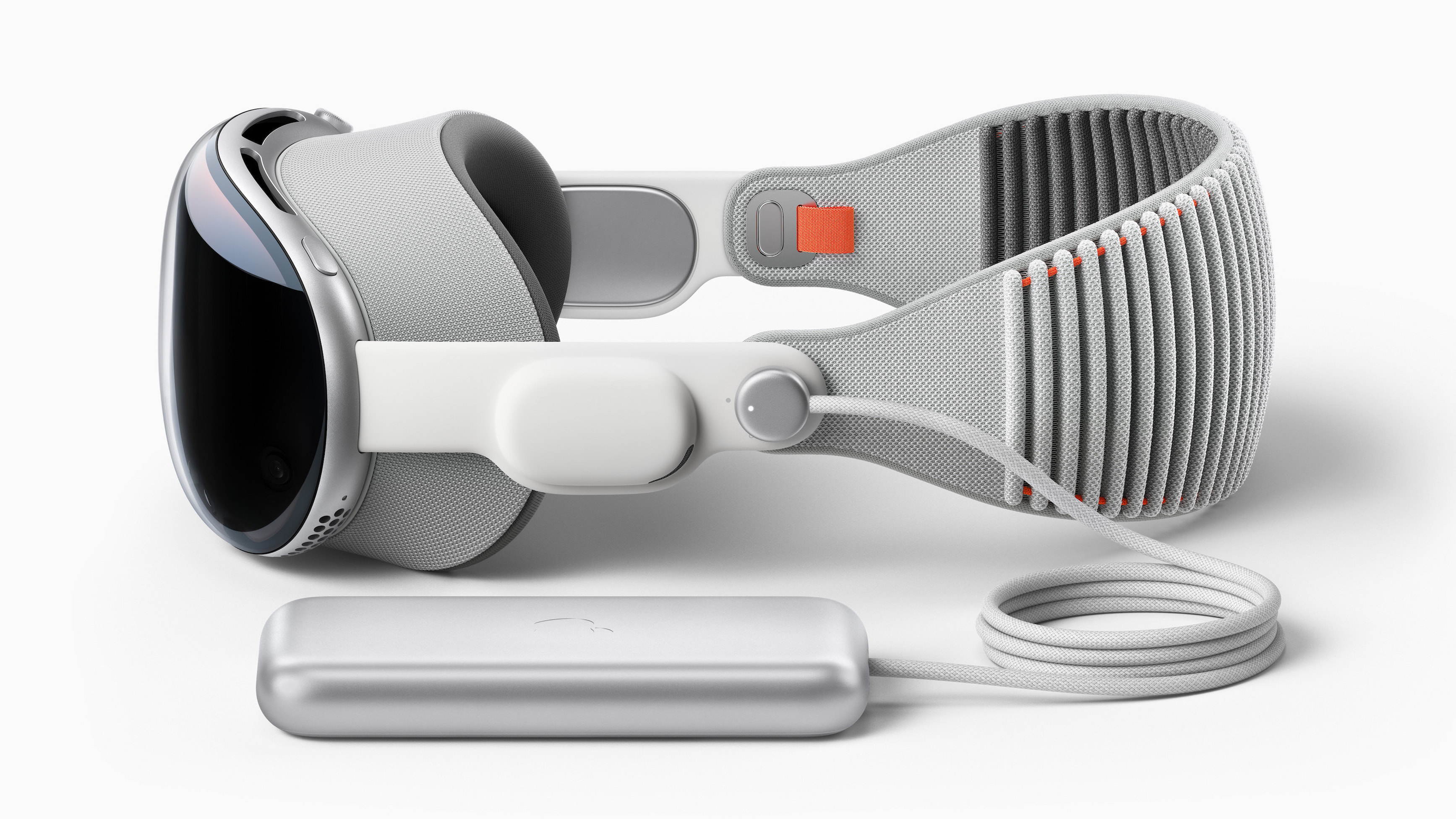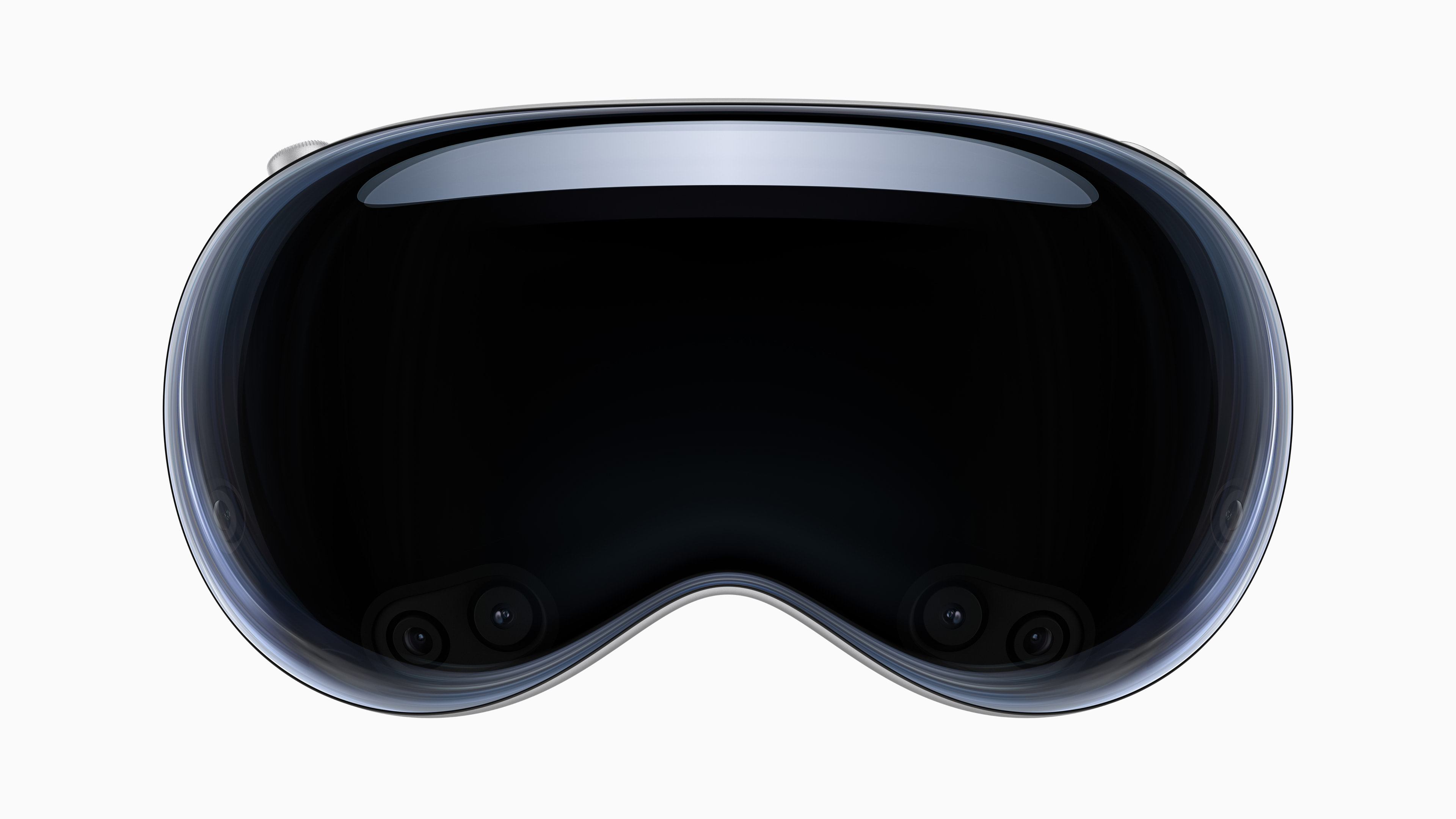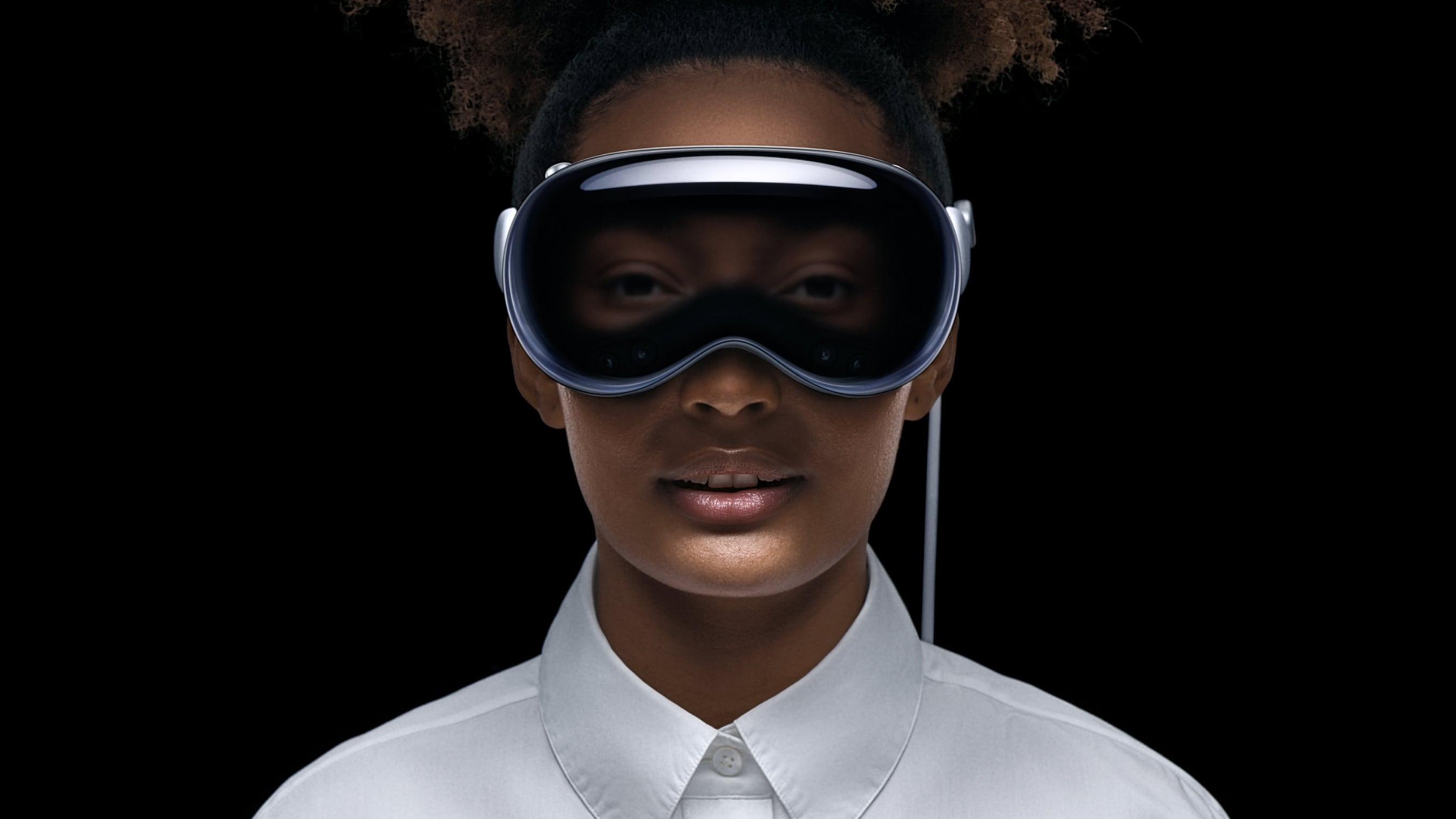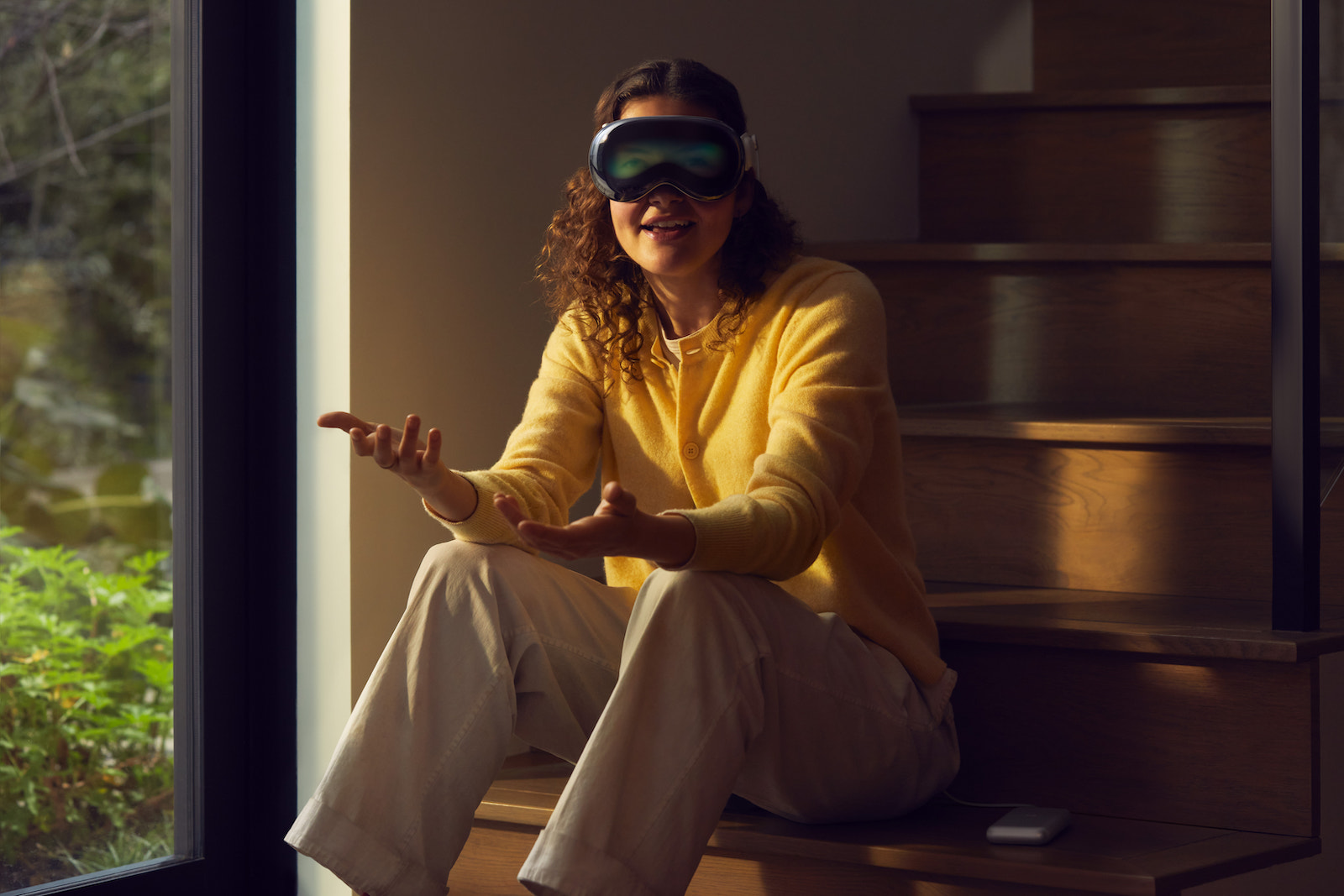Chance Miller from 9to5Mac has his thoughts on the VP headset: https://9to5mac.com/2023/06/05/hands-on-apple-vision-pro-mixed-reality-headset/
visionOS relies entirely on your eyes, hands, and voice for navigation. I didn’t get to try out any of the voice control features, but the eye and hand control gestures were really impressive. A simple tap of your fingers allows you to select an object. You can zoom in by tapping and pinching just like you would on an iPhone, and you can scroll by flicking your wrist. An open-ended flick of your wrist will activate inertia scrolling just like on iPhone, iPad, and Mac.
There’s absolutely a learning curve to figuring out how to navigate around visionOS, but even in my 30 minutes with Vision Pro, I became pretty comfortable with most of the gestures.
For most people, that learning curve is going to be the most challenging aspect of Vision Pro. I have to imagine that the gestures become second nature at some point, but you’ll have to practice to get there.
Apple is pitching content consumption as one of the biggest selling points of Vision Pro, and rightfully so. The experience is absolutely incredible. I had the chance to explore a 3D version of Avatar 2 and was blown away by the immersiveness.
You can watch content via Vision Pro in a floating window that you can adjust to your liking, and visionOS will automatically dim the area around that window. You can also put the movie in an environment of your choosing. I got to watch a movie using the Cinema Environment, which made it seem like I was watching in a dedicated home theater. The attention to detail was remarkable, down to acoustic-foam-style textures on the ceiling.
Watching 3D movies with Vision Pro is proof that 3D movies can be incredibly immersive and downright cool if done right. 3D TVs may have been a short-lived fad, but Vision Pro nails the experience.
The Persona was very convincing, but once I started looking more closely, it was clear that it was an artificially generated video. This was especially noticeable around the person’s mouth.
Finally, and perhaps most important, there’s the comfort aspect of Vision Pro. As I said at the beginning, the process of getting fitted and putting the headset on is straightforward and easy. But what about actually wearing it?
I wore Vision Pro for about 30 minutes, and my experience was overall positive. The fabric is soft and breathable, there’s a lot of padding around the eyes, and it felt snug (but not too snug) on my head.
That being said, it’s definitely on the heavier side of things. I could absolutely see getting tired of wearing it after extended sessions.
Going into today, I was really concerned about motion sickness while wearing an Apple headset. I get motion sick incredibly quickly in a car or an airplane. But in my 30 minutes wearing Vision Pro, I didn’t experience any motion sickness whatsoever.
One of the most impressive parts of my time with VIsion Pro was the sound quality. The headset features two individually amplified drivers inside each audio pod. Paired with the immersive content, Spatial Audio was stunning. Far better than Spatial Audio today using AirPods.
When I took Vision Pro off after my 30-minute demo, I felt a bit discombobulated. Not necessarily in a bad way, but it was a feeling I’d never experienced before. I had just experienced something that transported me to another world… while also keeping me somewhat connected to the “real world” around me.
The hybrid of virtual and augmented reality strikes a really good balance of immersiveness while keeping you engaged with people around you.
The hardware of Vision Pro is absolutely industry-leading. I couldn’t see a single pixel on the 4K displays, and even the edges of the content on either side of me were crisp and clear. The combination of those displays and the powerful M2 and R1 chips inside mean that Vision Pro excels at everything it does.
I was a major skeptic of Apple’s plans to enter the VR/AR headset market. Vision Pro is still months away from being ready for prime time, but what I experienced during my hands-on today left me very impressed. I’m excited to see the final product sometime early next year.
Last edited:






